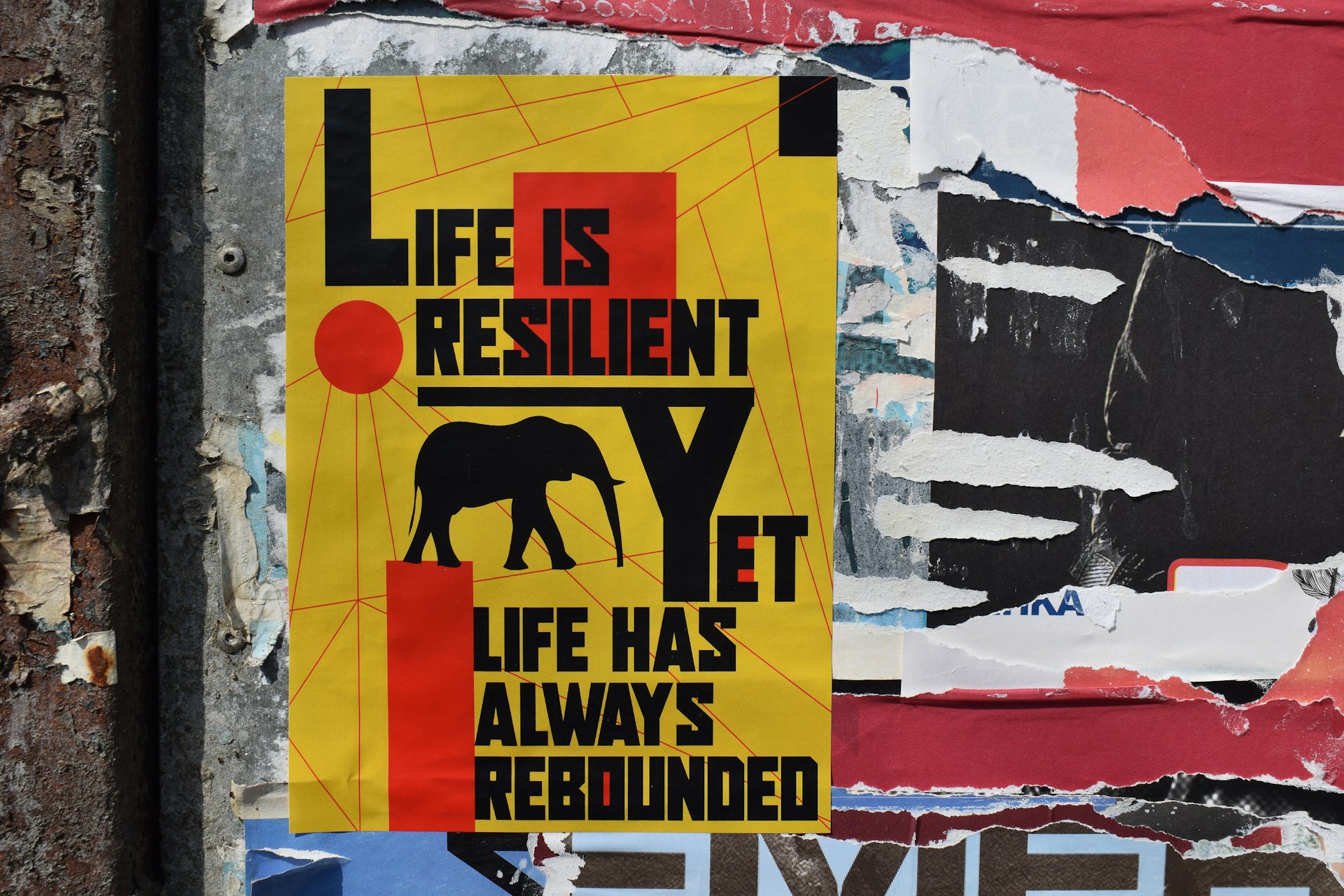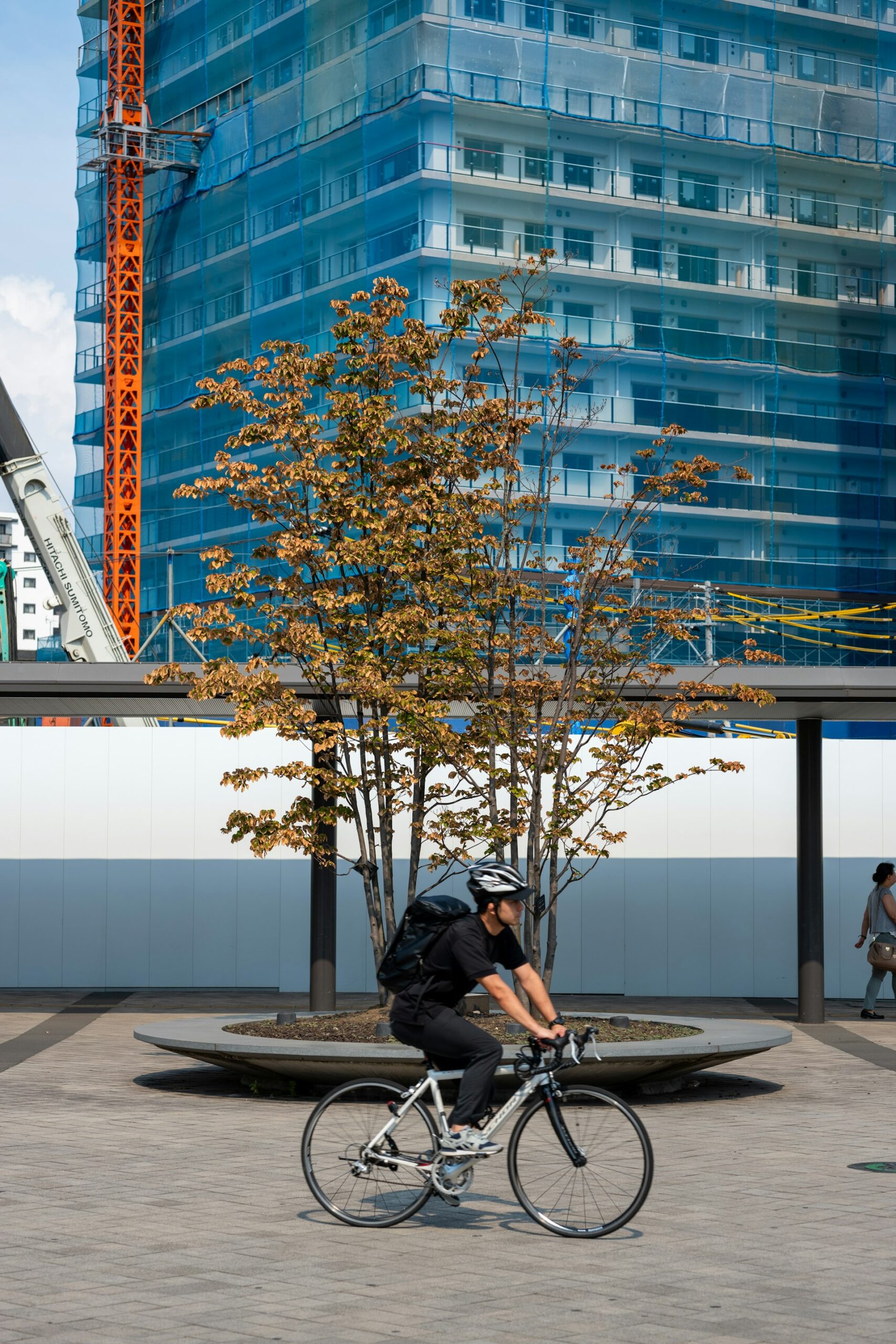Integrating Art in Contemporary Architecture: Principles, Examples, and Implementation Strategies

Photo by Connor Barnum on Unsplash
Introduction: The Role of Art in Contemporary Architecture
Contemporary architecture is defined by its innovative spirit, interdisciplinary collaboration, and the seamless integration of artistic elements into functional spaces. The fusion of art and architecture in the 21st century has transformed the built environment, enabling architects and artists to push the boundaries of design and create spaces that resonate both visually and culturally. This article will break down how art is woven into contemporary architecture, showcase real-world examples, and provide actionable steps for those interested in engaging with or commissioning art-driven architectural projects. [1]
Understanding the Intersection: Art and Architectural Innovation
Modern and contemporary architects often collaborate with artists to imbue buildings with meaning and aesthetic impact. This partnership fosters a process where artistry influences everything from structural forms to surface finishes and public engagement. The result is architecture that is not only functional but also expressive, creating unique and personalized spaces. [1]
For instance, Zaha Hadid considered herself an artist first, using painting and sculpture to inform her architectural vision. Her work, such as the Heydar Aliyev Centre in Baku, Azerbaijan, demonstrates how fluid forms and conceptual art can be realized at architectural scale. [2]
Iconic Examples of Art in Contemporary Architecture
Several landmark buildings exemplify the successful integration of art into contemporary architecture:
- Casa da Música, Porto, Portugal: Designed by Rem Koolhaas, this concert hall was inspired by conceptual art and music, featuring bold geometric forms and innovative use of glass and concrete. [1] [5]
- Agbar Tower, Barcelona, Spain: Jean Nouvel’s design incorporates elements of pop art and digital culture, creating a vibrant, dynamic façade that changes with the light. [1]
- Guggenheim Museum Bilbao, Spain: Frank Gehry’s architectural approach blends abstract art with advanced engineering, resulting in a sculptural structure recognized worldwide. [1]
- Disney Concert Hall, Los Angeles, USA: Gehry’s design features stainless steel sails and organic forms, merging architectural innovation with the aesthetics of modern sculpture. [5] [3]
- Heydar Aliyev Centre, Baku, Azerbaijan: Zaha Hadid’s center, with its flowing, wave-like structure, is a testament to art-driven architectural design. [2] [3]
- The Blue Planet, Copenhagen, Denmark: Designed by 3XN, this aquarium mimics the swirling motion of water, with its structure and façade reflecting natural patterns and textures. [3]
These examples demonstrate how contemporary architects use artistic principles-such as abstraction, color, form, and texture-to create buildings that are not just utilitarian, but also engaging and memorable.
Practical Steps to Access Art-Driven Architectural Opportunities
If you’re interested in commissioning, collaborating, or working within the field of art in contemporary architecture, there are several pathways you can pursue. Here’s how you can get started:
- Research Reputable Firms and Artists: Begin by identifying architects and artists known for interdisciplinary projects. Look for firms such as OMA (Rem Koolhaas), Gehry Partners, and Zaha Hadid Architects, which have a history of integrating art into their work. [3]
- Attend Design Exhibitions and Conferences: Major events like the Venice Architecture Biennale, Art Basel, and local museum exhibitions showcase cutting-edge projects and facilitate networking opportunities. Use official event websites for the latest information and registration details.
- Engage with Professional Organizations: The American Institute of Architects (AIA) and Royal Institute of British Architects (RIBA) often highlight innovative collaborations. Visit their official sites or local chapters for guidance and membership information.
- Consult Public Art Agencies: Many cities have public art programs that encourage the integration of art into new developments. To learn more, contact your city’s planning department or search for public art commissions in your region.
- Explore Academic and Industry Publications: Journals such as “Architectural Digest” and “Dezeen” routinely profile projects that merge art and architecture. You can subscribe or access articles online for inspiration and case studies.
- Develop a Creative Brief: If you wish to commission a project, draft a clear proposal that outlines your vision, goals, timeline, and budget. Consult with architects and artists to refine the brief, ensuring alignment between artistic intentions and practical requirements.
For further guidance, consider reaching out to local universities with architecture and fine arts programs, where you may access faculty expertise, student collaborations, and resources for project development.
Implementation: Step-by-Step Guidance for Merging Art and Architecture
To effectively integrate art into a contemporary architectural project, follow these recommended steps:
- Define the Project’s Artistic Vision: Collaborate with artists, designers, and stakeholders to establish the conceptual direction-whether inspired by nature, abstraction, or cultural motifs. [1]
- Evaluate Site and Context: Analyze the building’s location, surroundings, and intended use to ensure the artistic elements are contextually relevant and practical.
- Select Materials and Techniques: Choose construction materials, finishes, and fabrication methods that support both the artistic vision and technical requirements. Examples include glass, steel, concrete, and digital fabrication.
- Engage in Iterative Design: Use sketches, models, and digital visualization tools to refine the design. Involve all parties in regular reviews to ensure aesthetic and functional goals are met.
- Secure Permits and Approvals: Work with regulatory agencies to obtain necessary permissions, especially for projects with unconventional forms or public installations.
- Oversee Construction and Installation: Maintain close collaboration between architects, artists, and contractors throughout the build process. Address challenges such as material limitations, budget constraints, and scheduling issues as they arise.
Challenges may include technical feasibility, cost, and reconciling artistic ambition with client expectations. Solutions often involve early-stage collaboration, prototype testing, and flexible budgeting. [1]
Alternative Approaches and Current Trends
Contemporary architectural practice continues to evolve, with emerging trends such as:
- Digital Art Integration: Using projection mapping, interactive installations, and AR/VR to create immersive environments.
- Sustainable Art Practices: Employing recycled materials, green walls, and energy-efficient systems to merge environmental responsibility with creative expression.
- Community Collaboration: Engaging local artists and residents in the design process, fostering a sense of ownership and cultural relevance.
- Adaptive Reuse: Transforming historic structures with contemporary art interventions, preserving heritage while introducing innovation.
For those seeking to participate, you can research “art integration in architecture” or “public art commissions” through reputable industry publications, academic resources, and official government agencies.
Key Takeaways and Next Steps
The integration of art in contemporary architecture offers both aesthetic and practical benefits, enriching spaces and elevating the human experience. By understanding current trends, studying successful projects, and following structured implementation strategies, individuals and organizations can access new opportunities in this dynamic field.
For further exploration, consult official websites of firms and organizations mentioned, attend industry events, or reach out to local planning agencies and universities for guidance. Remember, successful art-driven architecture relies on collaboration, innovation, and a commitment to both beauty and functionality.

Photo by Anders J on Unsplash
References
- [1] Alubuild (2024). The influence of modern art on architecture: Case studies and analysis.
- [2] Brian Parker Artist (2024). When Architecture Becomes Art: Buildings That Inspire.
- [3] Selo Global (2018). 5 Iconic Examples of Contemporary Architecture.
- [4] SDH Studio (2025). The Evolution of Contemporary Architecture.
- [5] Wikipedia (2006). Contemporary architecture: Major works and trends.



